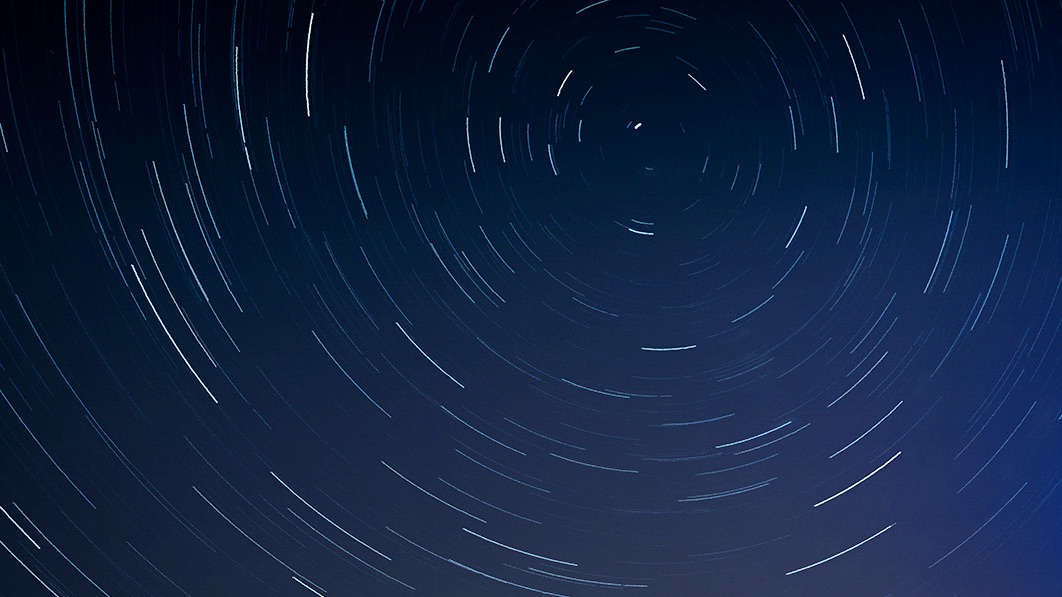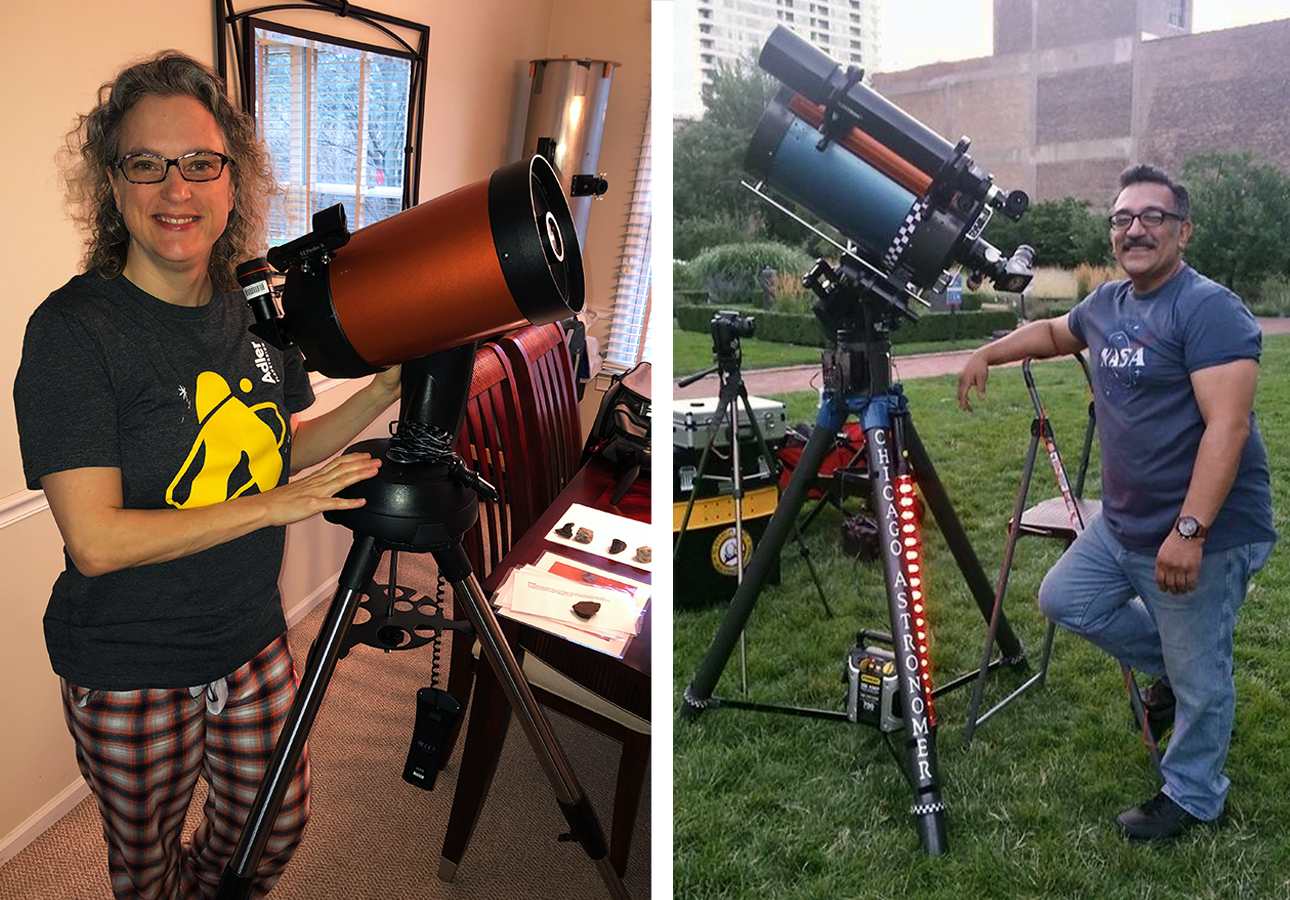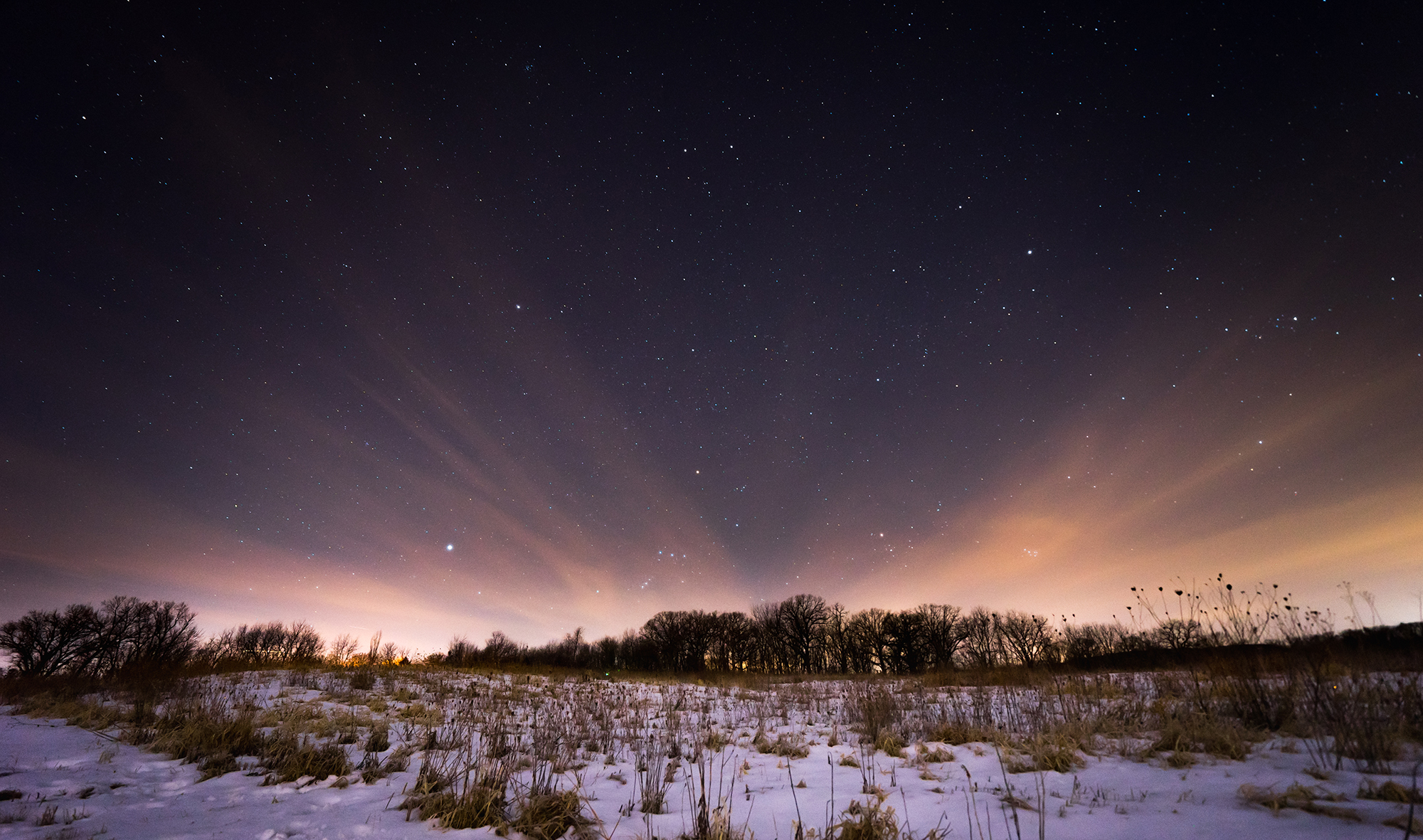Governor Pritzker’s “stay-at-home” order has left lots of Chicagoans wondering how they can safely enjoy the outdoors during the COVID-19 pandemic. While the city’s lakefront, adjacent parks, the 606 and Riverwalk have been closed because people were congregating in large groups, many natural areas in the region remain open.
So people can still go outside to walk, run or bike ride, as long as they remain six feet away from other individuals. If these rules are followed, experts say spending time outdoors can be really good for mental and physical well-being.
We asked Chicagoans for ways they’ve spent time outside while practicing safe social distancing — and we’re highlighting an activity to try each day this week. Today’s activity, stargazing, only requires a clear sky, a porch chair and your eyes.

Just look up!
Michelle Nichols, director of public observing at Chicago’s Adler Planetarium, said stargazing at night is a great way to get outside during COVID-19.
“There’s no limitation that says you can only go outside during the day,” she said. “Being out at night can be just as mentally beneficial as going outside to see the daylight.”
Chicago astronomer Joe Guzman, also known as “Astro Joe,” leads star talks for Chicago’s Park District, the 606 and After School Matters. He said it’s possible to see lots of stars without having to leave your own backyard — just try to get away from any glare.
“Although we have intense light pollution in the city, it’s a misnomer that you can’t see anything,” he said. “Find a shaded area away from street lights and the skies will open up to you.”
To start, Guzman said to sit in a chair facing north and try to find Polaris — the North Star — because “everything orbits Polaris.” For help, he suggests bringing a printed star chart out with you or downloading an app like Sky Safari or Stellarium to help you identify constellations and planets. And, while you can still see a lot with your naked eye, a pair of binoculars can greatly enhance the experience.

Nichols added that it’s important to wear layers, including warm socks. You might also want to bring a sketchbook to draw what you observe and write notes.
“And, hot chocolate is always a welcome addition to the evening.”
If you want guidance for what to look for, Nichols recommends checking out astronomy resource websites like earthsky.org/tonight or timeanddate.com’s moon phases section. The Adler Planetarium also has frequent “#LookUp” posts on social media and a printable LookUp guide for beginner astronomers featuring drawing and journaling prompts to get to know the sky over the course of a week.
What you can see this spring
Venus
When: 10-15 minutes after sunset.
Where: High in the western sky.
What to look for:
Venus is one of the brightest objects in the night sky between now and mid-May.
If you have binoculars, look for the phases of Venus —Venus is at half-Venus now in late March, moving toward being a thin crescent by mid-May.
Mars, Jupiter, and Saturn
When: Early morning, starting about 2 hours prior to sunrise.
Where: Low in the southeast sky.
What to look for: Mars is orange, Saturn is a yellow-tan color, and Jupiter is the brightest.
Comet ATLAS
When: The comet will be closest to Earth on May 23rd and viewed as a sunset object close to the horizon.
Where: Presently, the comet is passing the orbit of Mars and is positioned around the Big Dipper high up in the northern skies. It will continue toward the western horizon in the next two months.
What to look for:The comet is presently exhibiting an emerald green-ish glow, signifying a concentration of heavy carbon/nitrogen and cyanide vaporizing. It's visible via telescopes, and perhaps the naked eye in mid-May.
Tips for keeping distanced
Nichols said it’s easy to stargaze without ever having to leave your backyard.
“There’s no one best spot to observe the sky. The best place to observe the sky is wherever you currently are. So you don’t have to find that perfect location — it doesn’t exist. There are some sites that are better than others, but truly get to know the sky where you are.”
She said the silver lining of stargazing in an urban area is that it’s actually easier for beginners.
“I tell people the best place to start learning about the sky is in a light polluted situation. Only the brightest stars are visible, only the moon is visible, only the bright planets are visible. That way it’s not as confusing!”
But there’s also another advantage to stargazing right now. Guzman said with so many people staying inside during COVID-19, there’s less air pollution — and being able to see the stars depends on the levels of both air and light pollution.
“The skies have gotten a little deeper in the last couple of weeks. Even with the light pollution problem we’re encountering, there are less cars, less factories, less pollutants in the atmosphere.”
“The light pollution bounces off of these particles in the air. The less particles, the deeper the sky, the better the seeing conditions for astronomy.”
As for sharing your stargazing experience with others while staying socially distanced, Nichols said electronic communication can help bridge the gap.
“Set up a FaceTime or Facebook Live where your group goes outside at the same time all look at Venus at the same time,” she said. “That’s how you can have group observing activity without congregating in a group.”

Why stargazing offers so many benefits
“It reminds me that there is a universe out there that we’re all connected to. And we tend to forget that in our everyday lives. We tend to forget that there’s an entire universe up there that we can explore as well. And that’s the great thing about going out in your backyard. You are sharing the same sky as everyone else in our area is too.” - Michelle Nichols
“I love the one-on-one relationship I get to build with the cosmos. It's quiet and it’s there just waiting for us to examine it. I love exploring and discovering new things in the sky. Even though it’s been there for billions of years, it’s new to me.” - Joe Guzman
“Standing beneath the night sky creates a feeling of humility in a vast universe of gas and light. Even on a dark, clear night there are so many stars that can only be identified through a lens.” - Evan Medrano
“It's hard to describe, but I love the night sky. Many times I've been stopped in my tracks just to gawk up at the stars. It's almost a type of meditation? I find it very peaceful and relaxing, even when it’s 10 degrees out and I'm freezing. I just get trapped in the hugeness of it all.” - Sam Donnell
Katherine Nagasawa is the multimedia producer for Curious City. You can reach her at knagasawa@wbez.org.


